Reading comprehension Normal Physical Science Worksheets for Ages 6-8
7 filtered results
-
From - To
Discover our engaging Reading Comprehension Physical Science Worksheets designed for kids aged 6-8. These educational resources combine fundamental physical science concepts with captivating stories to improve reading comprehension skills. Your child will embark on exciting learning adventures that sharpen critical thinking and understand the natural world. Each worksheet is meticulously crafted to align with curiosity and inquisitiveness intrinsic to this age group. The activities encourage independent reading and exploration, making science fun and accessible. Perfect for classroom or home use, these worksheets provide a thorough, enjoyable learning experience for young readers and budding scientists. Dive into the wonders of physical science today!


Forms of Energy Worksheet
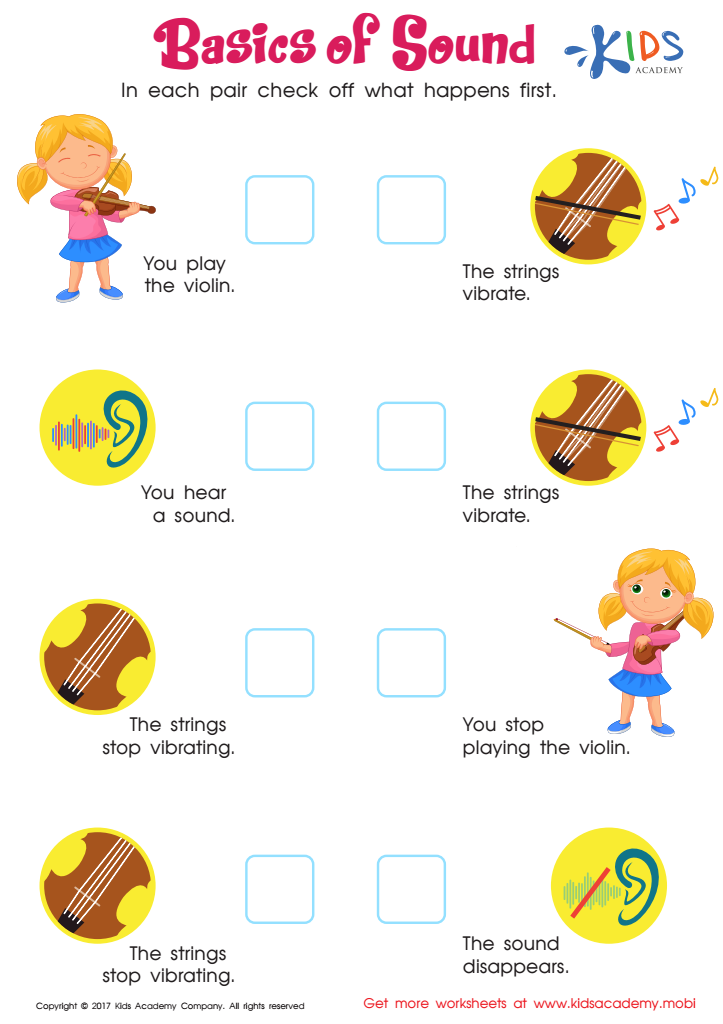

Basics Of Sound Worksheet
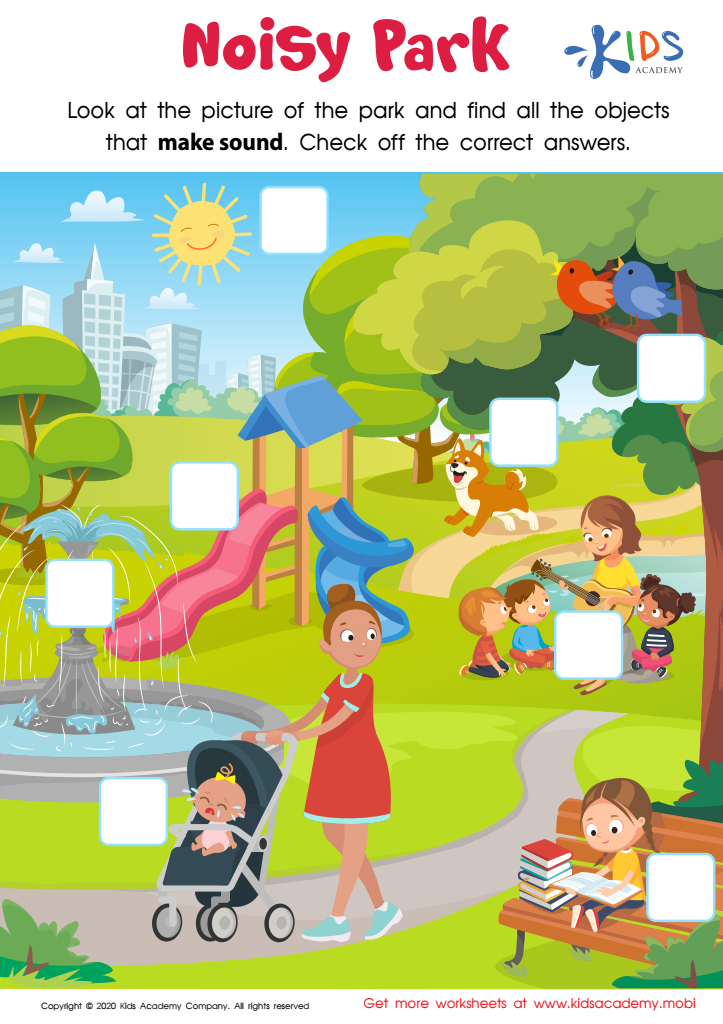

Noisy Park Worksheet
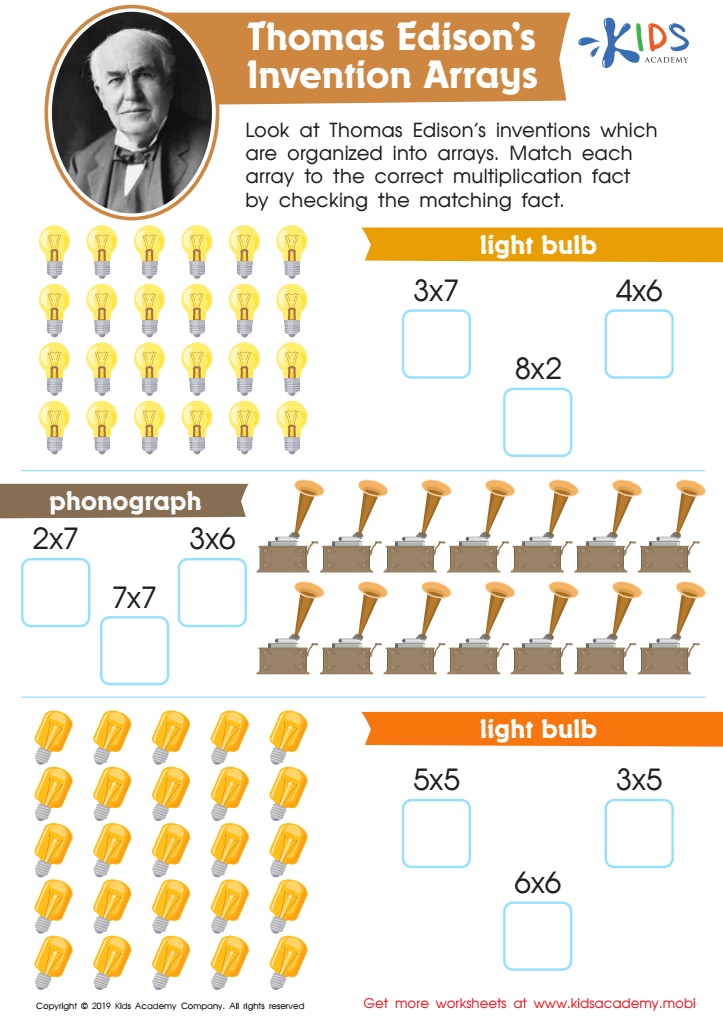

Thomas Edison’s Invention Arrays Worksheet
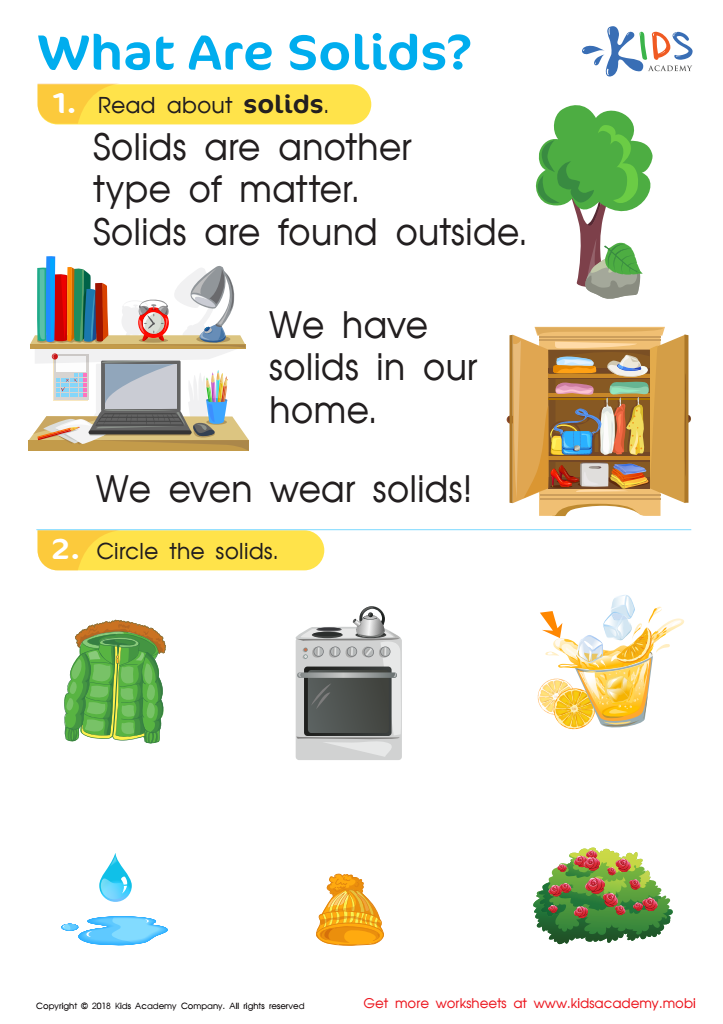

What Are Solids? Worksheet
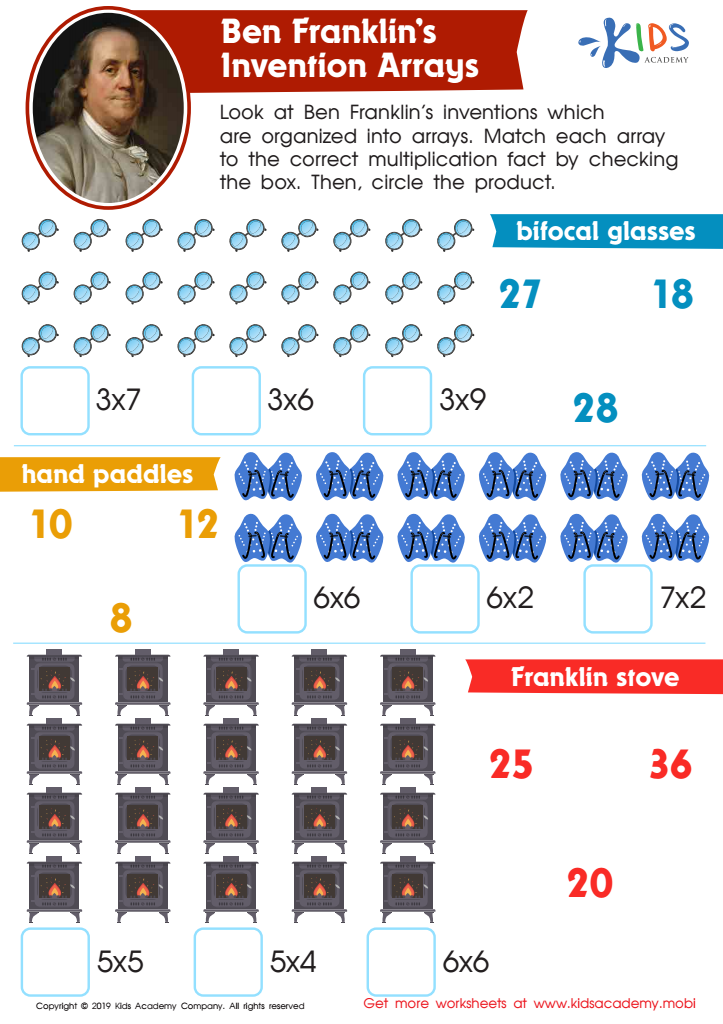

Ben Franklin’s Invention Arrays Worksheet
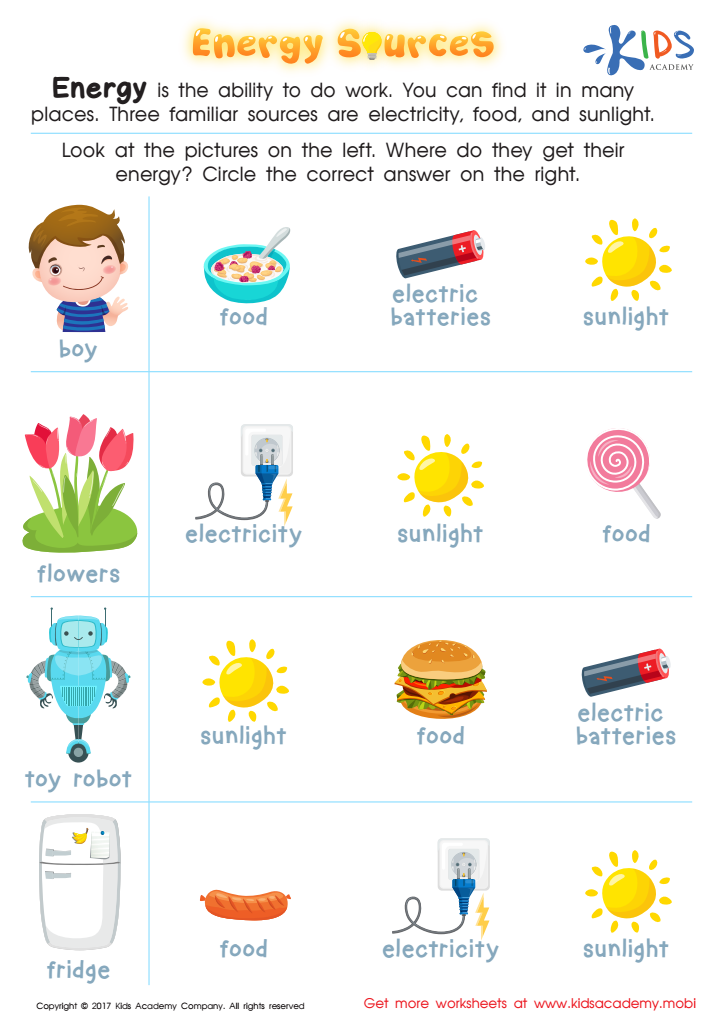

Energy Sources Printable
Reading comprehension is a critical skill for young learners, especially when engaging with fascinating topics such as Physical Science. For children aged 6-8, developing strong reading comprehension abilities not only helps them understand scientific concepts but also nurtures a lifelong love for learning. This foundational skill empowers children to decode, understand, and respond to the information presented in their science textbooks or other educational materials.
Incorporating Physical Science into their reading practice enriches their curiosity and critical thinking skills. Children learn about the physical world around them, such as the properties of matter, basic principles of force and motion, and the wonders of different materials. Grasping these concepts boosts their cognitive development and encourages a scientific mindset.
Additionally, excellent reading comprehension helps children follow directions during experiments and engage with hands-on activities effectively. By understanding the scientific method and problem-solving tactics through reading, they develop logical thinking and carry these skills into other academic areas and daily life.
Educators and parents play a pivotal role in fostering this growth by providing age-appropriate science materials and guiding discussions about the content. Therefore, cultivating reading comprehension in the context of Physical Science lays a strong educational foundation, stimulating intellectual curiosity and paving the way for academic success across all subjects.
 Assign to My Students
Assign to My Students





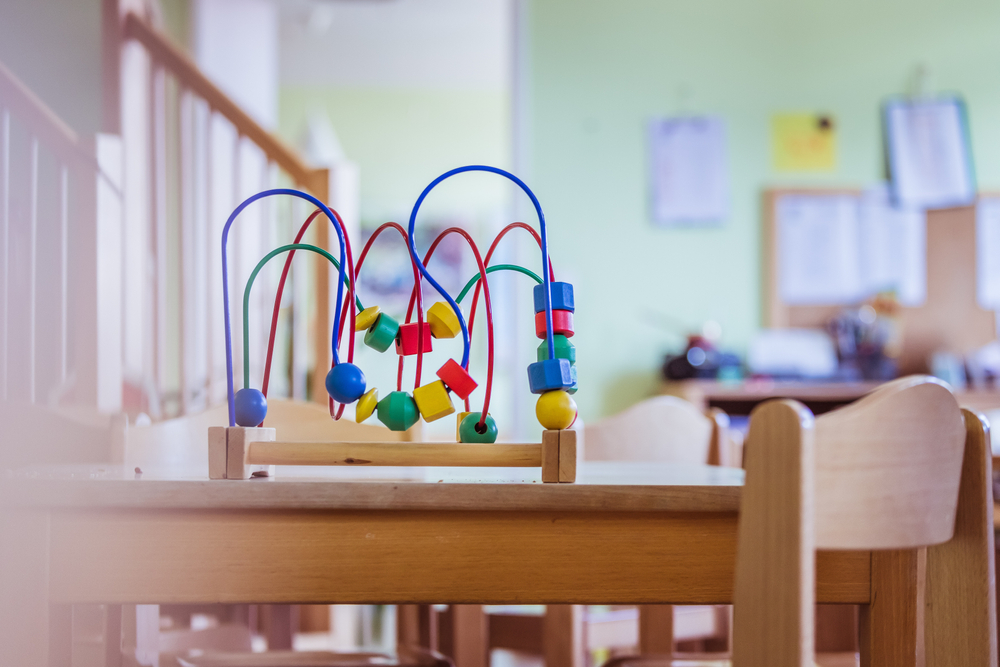
.jpg)







